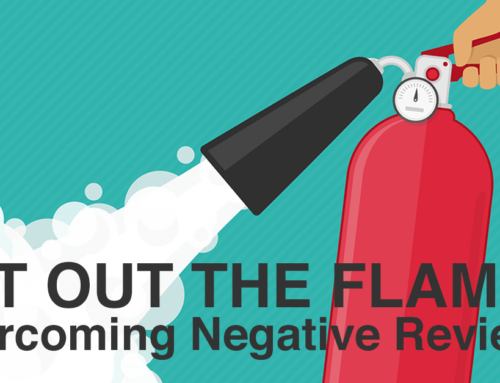For the past few weeks, I’ve been living the pain that is content marketing. I recently wrote an eBook (not a small feat in itself given my hectic career and family life), and felt ready to conquer the world. Unfortunately, I had no idea that the journey was going to be so much longer than writing the book itself.
Content marketing reflects the Pareto Principle: 20% is writing content and 80% is marketing it. Note well, you cannot content market without great content or smart marketing. Content marketing is hard; here’s why and what you can do about it.
Asked and Answered
One of the best ways to choose topics is to answer questions you commonly encounter in your area of expertise. This technique is good because you’re helping your audience, so engagement is a plus. Also, you’re feeding the search engines (they are focused on answering questions in context, known as semantic search). For example, if I’m frequently asked about WordPress, I could write an article called “The 15 Must-Have WordPress Plugins for Your Professional Blog”. If you’re an accountant, you could address topics like “Getting Ready for the End of Your Fiscal Year” or “Tax-Saving Tips for Small Businesses”. Act as the subject matter expert, and respond to what your prospects and customers need.
Content Is King (for a Day)
You’ve spent minutes/hours/days/weeks/months writing, and it’s FINALLY ready for the world. Congratulations – you’re way ahead of most folks in that you’ve actually finished what you started. Celebrate (for the moment) and revel in your glory.
For the sake of discussion, we’ll assume it’s a wonderful blog article targeted to your target customer as we walk through what’s next…
Cleanliness Is Next to Godliness (in Language)
Before you post anything, run your spell checker. Run a grammar checker too. Need an online solution? Try Spellboy. Consider trying online tools like Atomic Writer to improve your tone. Then have a friend or colleague review your article for clarity (buy her coffee or lunch for her effort).
Dress for Success (with Headlines & Images)
Search for a good image (or more if it’s appropriate), if you haven’t already, to add more sparkle. You may want to run various headline options through an online analysis tool. When you post into your blogging platform (WordPress, Blogger, Drupal, etc.), format appropriately: use headline tags (H1, H2, H3) to highlight key topics. If you already know about Search Engine Optimization (SEO), you used your keywords in your headlines. If you didn’t, consider changing (or adding) headlines to include relevant keywords. At this point, do not post live. You still have more groundwork ahead…
Share and Share Alike (with Sharing Widgets)
Do you have sharing widgets built into your blog? If yes, good for you. If no, add one! There are hundreds of tools available, such as ShareThis, AddThis, or AddtoAny. I’m also a fan of the Click to Tweet plugin for WordPress – even when I read others’ blogs so I can share the best stuff! If your content is good, you want your audience to recommend it, so make it easy.
The Best Laid Plans (for Social Media Marketing)
The really, really challenging part, and the part that has the greatest chance to ensure you achieve your goals, is defining your strategy for shouting about your content from the rooftops. Hopefully you know where your audience spends their time: Twitter, Facebook, Tumblr, Instagram, etc. Your overarching goal is to leverage each platform to drive as much traffic to your article as possible. Each social media platform has nuances (hashtags, images, length, tone) and what works on one doesn’t necessarily work on the other. Plan your announcement (even write the social media posts) before you publish your actual article. As in “Dress for Success” above, definitely invest time in adding images to your social media shares. Your Facebook posts and tweets have a better chance of engagement if they’re visually appealing.
That Which Gets Measured Gets Done (and Done Better/More Often)
Not every content element performs well – but you should monitor what works. Contrast results using a variety of dimensions: How many read it? How many clicked on the link? Where did you share it yourself? When did you post? What was the article about? What was the headline? Was the image special? Who shared it? Where did they share it? Did others include the content into their own (backlinks!)? The variables can be endless, but study what you can so you can repeat success and improve.
End Game
As you can see, content marketing IS hard. That said, it’s simply essential to be a content marketer in today’s competitive markets. If you don’t, search engines will leave you behind and competitors will cash in. Do your best with simple, clear, well-presented materials that show your expertise. Work smart for your best results!





![Video Engagement [Infographic]](https://twistedpuppy.com/wp-content/uploads/2017/08/twisted-puppy-blog-video-engagement-1-500x383.png)


Leave A Comment